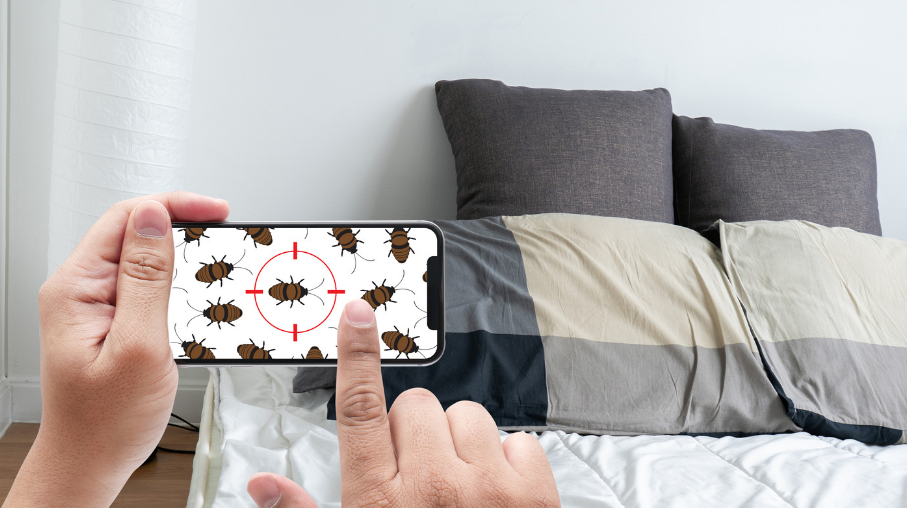Table of Contents
While pesticides are commonly used to control bedbugs, some people opt for safer methods. Depending on the bedbug infestation, one can opt for the following DIY techniques to help control pest removal and the infestation:
DIY Methods to Control Bed Bugs
Identify the Infested Area
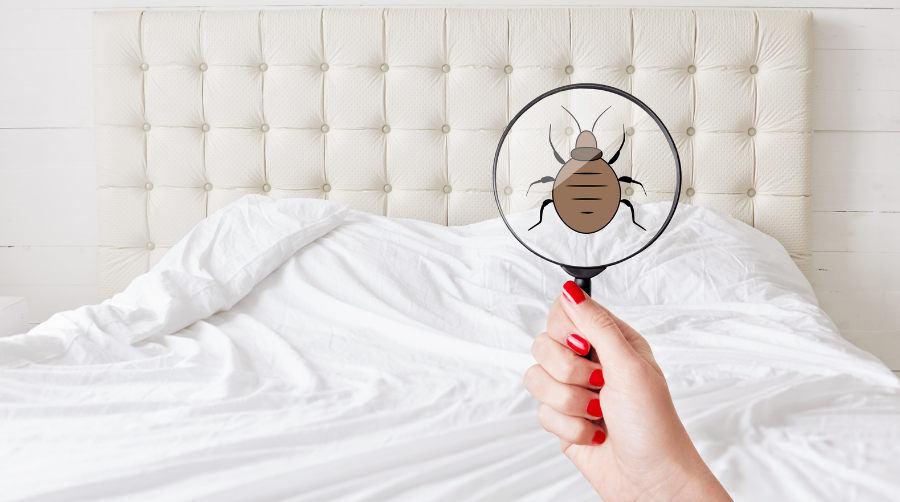 Carefully check between pillows, cupboards, bed linings for bedbugs or their eggs. Once the area that is infested with bed bugs is identified, clear up all clutter. The collected clutter should be sealed in a plastic bag and taken outside. Be careful not to move clutter from one room to another as this would lead to the spread of bed bugs to spaces not infested.
Carefully check between pillows, cupboards, bed linings for bedbugs or their eggs. Once the area that is infested with bed bugs is identified, clear up all clutter. The collected clutter should be sealed in a plastic bag and taken outside. Be careful not to move clutter from one room to another as this would lead to the spread of bed bugs to spaces not infested.
Vacuuming
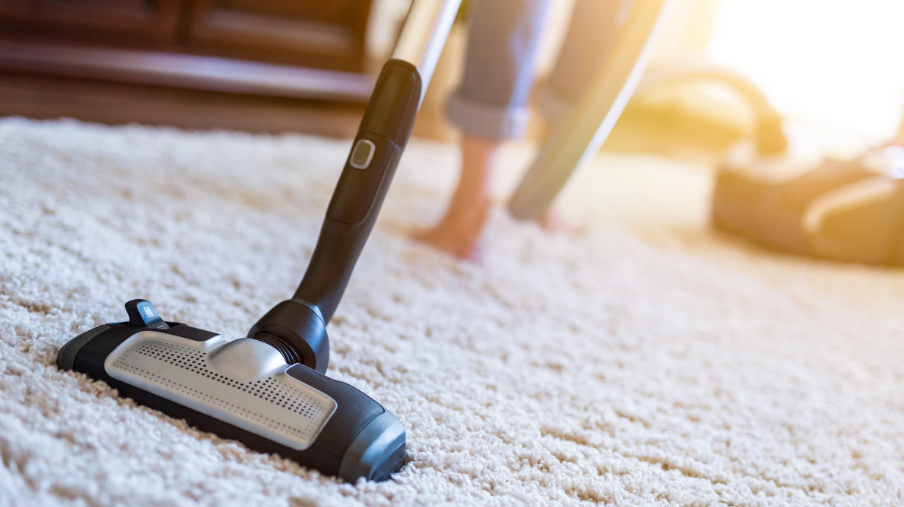 When battling a bed bug infestation, it is recommended you vacuum regularly using a strong vacuum cleaner and a powerful hose attachment, to suck up the bugs. Be thorough ad use the vacuum on the matters, beddings, and furniture. Start on elevated surfaces, slowly making your way downward, keenly paying attention to floors, any cracks present on walls, carpets, and floorboards. Carefully inspect electrical appliances such as laptops or fans for signs of infestation. Once you are done vacuuming, immediately clean the vacuum outside.
When battling a bed bug infestation, it is recommended you vacuum regularly using a strong vacuum cleaner and a powerful hose attachment, to suck up the bugs. Be thorough ad use the vacuum on the matters, beddings, and furniture. Start on elevated surfaces, slowly making your way downward, keenly paying attention to floors, any cracks present on walls, carpets, and floorboards. Carefully inspect electrical appliances such as laptops or fans for signs of infestation. Once you are done vacuuming, immediately clean the vacuum outside.
Heat Treatment
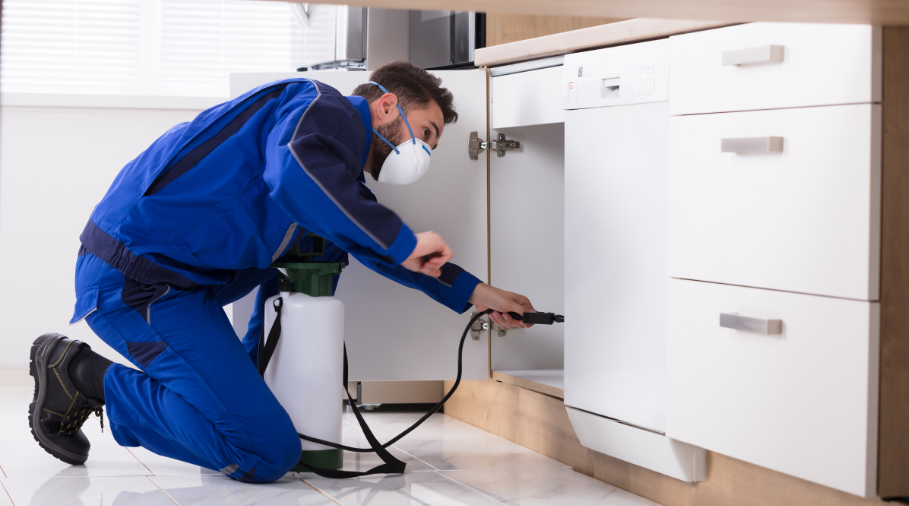 Heat treatment is a good technique for eradicating bedbugs as heat dehydrates them. If you think you have bedbugs, use hot water as long as your items can withstand the heat to wash beddings and clothes. Place the washed items in a cloth dryer on high heat as another dose of heat treatment may reduce the chances of the creature’s survival. You can also place your linens in black polyethylene bags in a closed car on a hot, sunny day, but the success of this method depends on the sun’s temperature and other natural factors. Alternatively, you may opt to buy a movable heat chamber, which is typically moderately effective.
Heat treatment is a good technique for eradicating bedbugs as heat dehydrates them. If you think you have bedbugs, use hot water as long as your items can withstand the heat to wash beddings and clothes. Place the washed items in a cloth dryer on high heat as another dose of heat treatment may reduce the chances of the creature’s survival. You can also place your linens in black polyethylene bags in a closed car on a hot, sunny day, but the success of this method depends on the sun’s temperature and other natural factors. Alternatively, you may opt to buy a movable heat chamber, which is typically moderately effective.
Cold Treatment
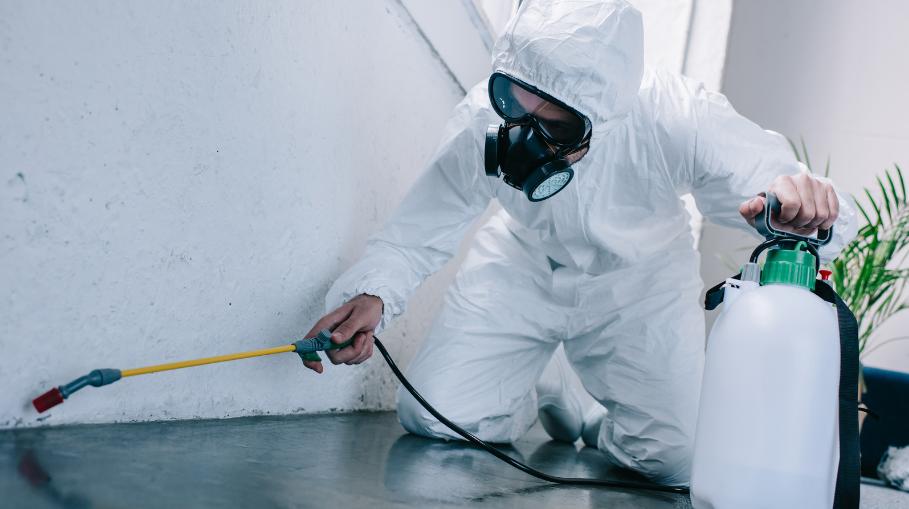 The treatment can eradicate bed bugs if the infested items are kept in a freezer set at 0 degrees Celsius. The items must be in a wrapped plastic bag and left for four days in the freezer. Throughout this period, the temperature should remain constant. It is advisable to use a thermometer to ensure that the temperature remains constant as the freezer may not always be set at zero.
The treatment can eradicate bed bugs if the infested items are kept in a freezer set at 0 degrees Celsius. The items must be in a wrapped plastic bag and left for four days in the freezer. Throughout this period, the temperature should remain constant. It is advisable to use a thermometer to ensure that the temperature remains constant as the freezer may not always be set at zero.
Diatomaceous Earth
 Diatomaceous earth is a good option when considering a natural remedy to dispose of bed bugs. It is a chemical-free powder that can kill different types of pests, including bed bugs. Diatomaceous earth works by dehydrating the bed bugs, therefore, killing them. For diatomaceous earth to successfully kill bedbugs, spread it lightly on the floor and cracks in the infested room. Results may be seen in a week or ten days. When using diatomaceous earth, it is essential to take safety percussions such as wearing a face mask as it is easily inhaled.
Diatomaceous earth is a good option when considering a natural remedy to dispose of bed bugs. It is a chemical-free powder that can kill different types of pests, including bed bugs. Diatomaceous earth works by dehydrating the bed bugs, therefore, killing them. For diatomaceous earth to successfully kill bedbugs, spread it lightly on the floor and cracks in the infested room. Results may be seen in a week or ten days. When using diatomaceous earth, it is essential to take safety percussions such as wearing a face mask as it is easily inhaled.
Cayenne Pepper Mixture
Another bedbug treatment that you can do yourself is mixing cayenne pepper, oregano and ginger. To make the mixture, measure a tablespoon of oregano oil, cayenne pepper, and ground ginger into a bowl and mix. Then strain the ingredients and add them to a spray bottle filled with water. Finally, spray the mixture on all possible points in the room where you feel it might be infested. Although the combination will not kill the bed bugs, ginger spiciness combined with the strong scent of both cayenne pepper and oregano can repel the insects.
Baking Soda
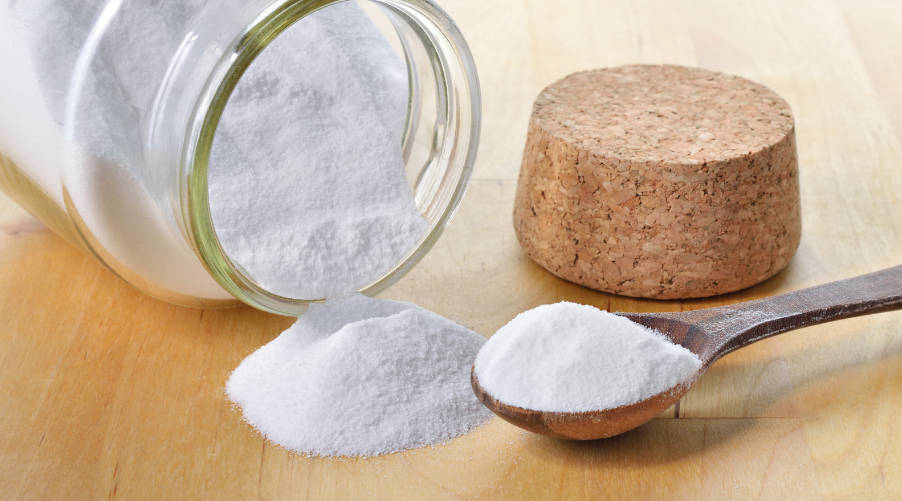 Baking soda is another DIY method that can eradicate bedbugs by sucking moisture out of the bugs’ bodies. Lightly sprinkle a small amount of baking soda on infested areas, allow it to stay for a week before vacuuming. The process might need frequent reapplications until there are no bugs or eggs left. Once bed bugs infest an area, they can be a stubborn nuisance to control. While the above home remedies can be used, they might not eradicate all the bugs or might take a long time before they work. Nevertheless, they are a good starting point to control the infestation as you wait for a professional pest control company.
Baking soda is another DIY method that can eradicate bedbugs by sucking moisture out of the bugs’ bodies. Lightly sprinkle a small amount of baking soda on infested areas, allow it to stay for a week before vacuuming. The process might need frequent reapplications until there are no bugs or eggs left. Once bed bugs infest an area, they can be a stubborn nuisance to control. While the above home remedies can be used, they might not eradicate all the bugs or might take a long time before they work. Nevertheless, they are a good starting point to control the infestation as you wait for a professional pest control company.

